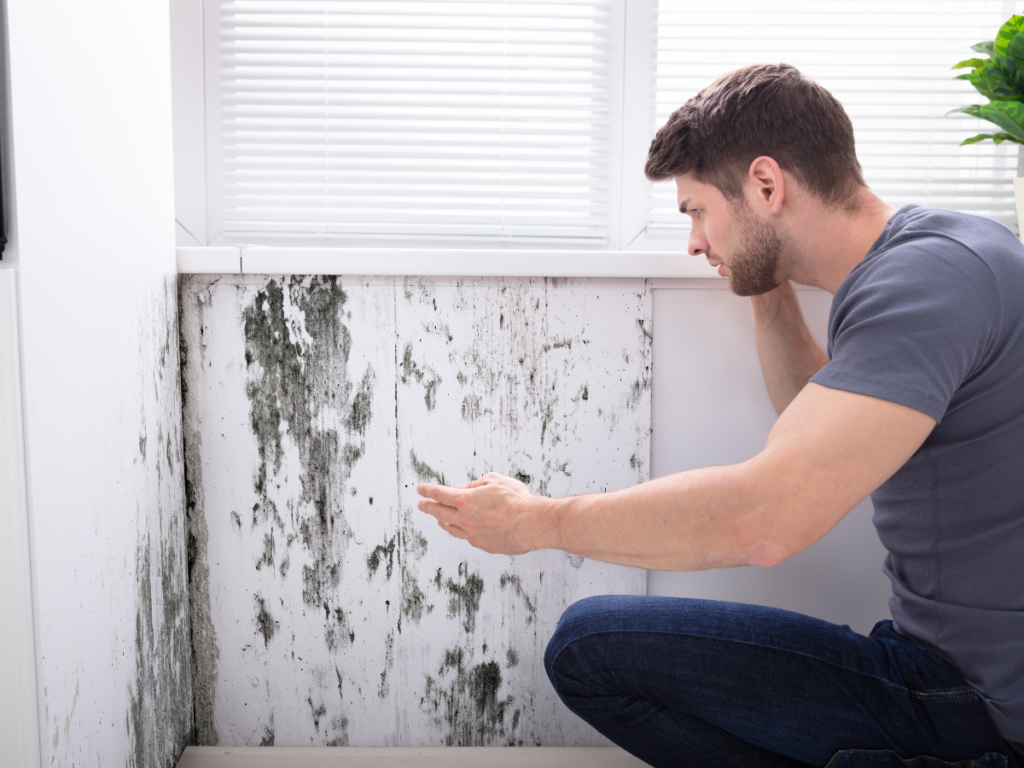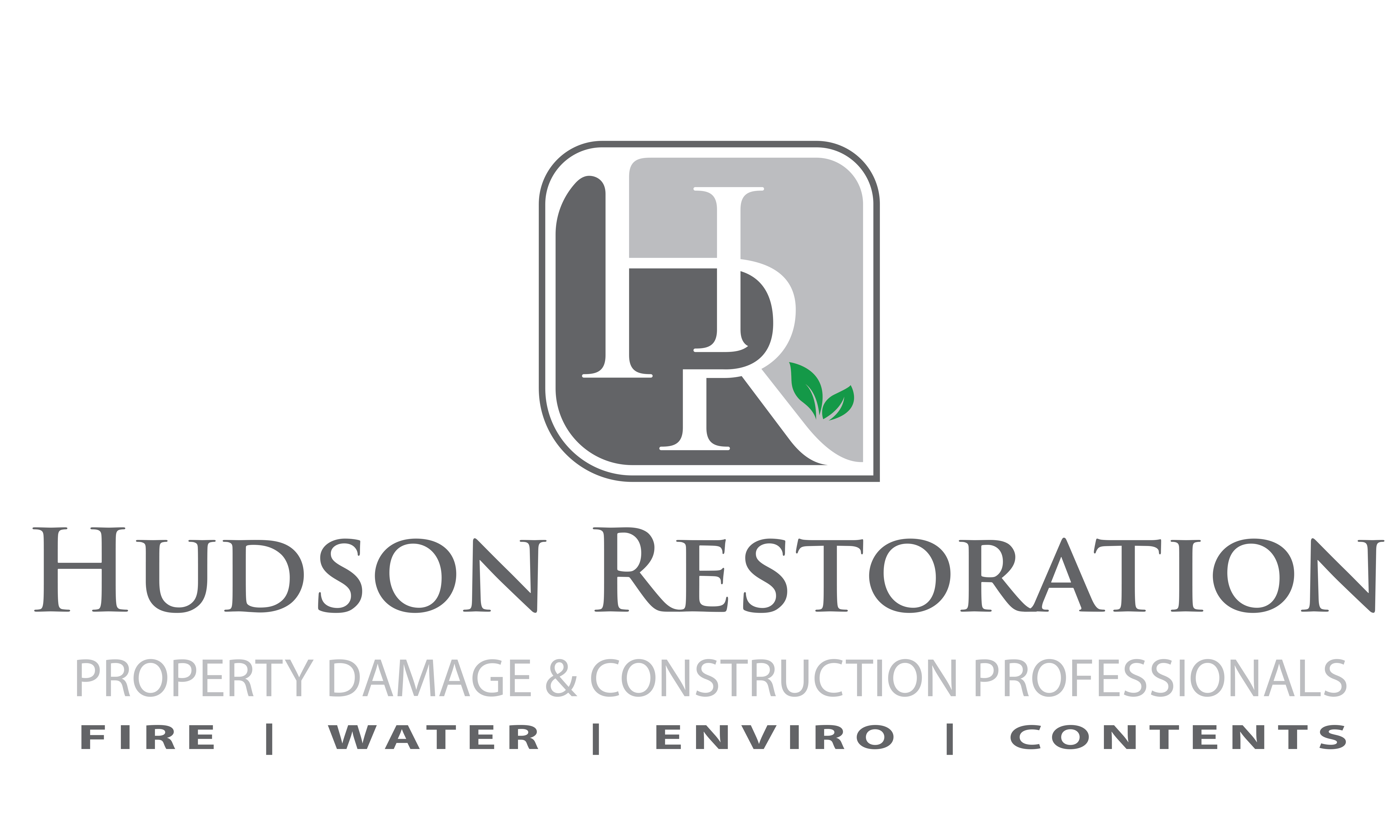Mould. Just the mention of it might have you looking suspiciously at your walls. It’s stealthy, potentially harmful, and definitely not a roommate you want. As a director of a leading eco-conscious restoration company, I’ve seen firsthand the impact mould can have — and how we can tackle it head-on, together. So, let’s peel back the layers and get to the heart of the matter.
Understanding Mould
What Exactly Is Mould?
In the simplest terms, mould is a fungus that thrives in moist environments. While it plays a vital role outdoors in decomposing organic material, indoors, it’s a different story. And that story is one we’re all too familiar with — and keen to rewrite.
The Science of Mould Growth
Mould spores are like the adventurers of the microscopic world; they’re always on the lookout for the perfect spot to settle down — damp, warm, and with plenty of food. Unfortunately, our homes often fit the bill a little too well.
Why Mould Is More Than Just a Nuisance
Beyond its unpleasant appearance and smell, mould poses real risks to both our health and our homes. It’s not something to take lightly, which is why understanding it is the first step in our battle plan.
Identifying Mould Like a Pro
Spotting the Signs of a Mould Invasion
Stained walls? Check. Peeling paint? Check. That musty odour that just won’t quit? Double check. These are your clues that mould might be gatecrashing your space.
The Usual Suspects: Mould’s Favorite Hideouts
Kitchens, bathrooms, basements — mould isn’t picky but it does have its preferred haunts. Knowing where to look is half the battle.
Health Check: Mould’s Impact
Short-term Invaders
Immediate reactions to mould can range from the mildly annoying to more severe allergic responses. It’s something we take seriously, as should you.
Here are 5 common reactions associated with short-term mould exposure:
- Allergic Reactions: Many people might experience allergic responses, which can include sneezing, runny or blocked nose, itchy eyes, and skin rashes.
- Irritation of Eyes, Nose, and Throat: Even in non-allergic individuals, mould can irritate the mucous membranes of the eyes, nose, and throat, leading to discomfort and irritation.
- Respiratory Issues: Difficulty breathing, wheezing, or coughing can occur as the body responds to the presence of mould spores in the air.
- Asthma Attacks: For those with asthma, mould exposure can trigger asthma attacks, leading to increased difficulty breathing, chest tightness, and severe wheezing.
- Skin Irritation: Direct contact with mould can cause skin irritation or a rash, especially in individuals with sensitive skin or mould allergies.
Long-term Occupants
Prolonged exposure to mould doesn’t just wear out its welcome; it can lead to significant health issues. We’re talking about a quality of life downgrade, and we’re not standing for it.
Strategies for Showing Mould the Door
Your First Line of Defence
Simple steps can make a huge difference. Ventilation, dehumidifiers, and timely repairs can turn your home into a no-go zone for mould.
Elevating Your Mould Prevention Game
Consider us your allies in the fight against mould. From selecting mould-resistant materials to regular home health checks, we’ve got the strategies to keep your space pristine.
Here are our top 10 ways to help keep your space mould-free:
- Control Humidity Levels: Aim to keep indoor humidity below 60%, using dehumidifiers and air conditioners as necessary to help control moisture in the air.
- Ensure Proper Ventilation: Increase airflow within your home by opening windows and doors or using exhaust fans in high-moisture areas like bathrooms and kitchens.
- Fix Leaks Promptly: Water leaks from pipes, roofs, or windows can create ideal conditions for mould growth. Repair leaks as soon as they are discovered.
- Dry Wet Areas Immediately: Any area of your home that becomes wet, whether from leaks, spills, or condensation, should be dried within 24-48 hours to prevent mould growth.
- Use Mould-Resistant Products: When renovating or building, choose mould-resistant drywall, paints, and other materials, especially in moisture-prone areas.
- Clean and Dust Regularly: Regular cleaning helps reduce the food sources for mould. Use vacuum cleaners with HEPA filters and damp-dust surfaces to minimize mould spores in the air.
- Maintain Gutters and Drainage: Ensure your home’s gutters are clean and that the landscape allows water to drain away from your building to prevent water accumulation near your foundation.
- Monitor Indoor Plants: While plants can improve indoor air quality, they can also harbor mould in their soil. Keep indoor plants dry and don’t overwater them.
- Use Exhaust Fans: In bathrooms, kitchens, and laundry rooms, use exhaust fans to vent moisture outside and not into your attic or between walls.
- Assess and Improve Insulation: Improve insulation in cold surfaces such as pipes, roofs, and exterior walls to prevent condensation, which can lead to mould growth.
The Role of Professional Expertise
Knowing When to Call in the Mould Remediation Experts
While small mould issues can often be managed independently, larger or persistent mould invasions may require professional intervention. When you work with companies like Hudson Restoration, you benefit from expertise in identifying, removing, and preventing mould in an eco-friendly manner.
Here are 10 steps you can take to remove mould from your walls yourself:
1. Safety First – Wear protective gear: Ensure you wear N-95 respirator masks, gloves (preferably non-porous), and goggles without ventilation holes to protect against mould spores.
2. Prepare the Area – Seal off the area: Use plastic sheeting and tape to isolate the mouldy area from the rest of your home. Ventilation: Open windows to allow air circulation but keep doors closed to prevent spores from spreading to other parts of the house.
3. Identify and Fix the Moisture Source – Before cleaning, identify the moisture source (like leaks or condensation) that contributed to the mould growth and fix it to prevent future mould issues.
4. Cleaning Small Mould Patches
- For non-porous surfaces: Clean mould off hard surfaces with a detergent and water solution, then dry thoroughly.
- For porous materials: If mould has penetrated into porous materials (like drywall), it’s often safer to discard these materials to ensure complete removal.
5. Use Proper Cleaning Agents – Consider using mildewcides or mould-killing products available at hardware stores, but avoid mixing chemicals and follow the instructions carefully.
6. Dry the Area Thoroughly – After cleaning, ensure the area is dry. Use fans and dehumidifiers to help remove moisture.
7. Dispose of Mouldy Materials – Carefully bag and seal mouldy materials before removing them from the room to prevent spreading spores to other areas.
8. Clean Up – Clean your gear and wash your clothes immediately after the remediation process. Double-bag and dispose of the trash with the mouldy materials. Contact your local hazardous waste removal company to find out how to dispose of these materials according to your local jurisdiction.
9. Check for Recurrence – Regularly inspect the area for signs of moisture problems or mould recurrence. Keep the space dry and well-ventilated.
10. Consider Professional Assessment – If you’re unsure about the extent of mould or if it’s safe to clean it yourself, or if health issues arise, consider consulting a professional for an assessment and possible remediation.
What Professional Remediation Involves
Professional mould remediation companies go beyond surface treatment, addressing the root cause of mould growth and ensuring a comprehensive solution. This process is about restoring the health of your environment as much as it is about addressing visible issues.
Emphasizing Sustainability in Mould Management
Choosing Eco-Friendly Solutions
In our efforts to combat mould, considering the environmental impact of our choices is paramount. Opting for sustainable practices and materials not only addresses mould issues but also contributes to the well-being of our planet.

Learning from Leaders in Sustainability
By observing and learning from companies committed to eco-friendly restoration practices, individuals can make informed decisions that align with their values of health, sustainability, and premium care.
Parting Thoughts
Armed with knowledge and the right strategies, tackling mould in our environments can become a manageable part of our routine. It’s about creating healthy, sustainable spaces where we can thrive. As we navigate these challenges, drawing on the expertise and values of industry leaders can inspire and guide our choices towards more sustainable living solutions.
Remember, every step we take towards understanding and preventing mould is a step towards a healthier home and planet. Together, let’s keep our spaces safe and sustainable.
And Finally…
Before I sign off, I want to leave you with this thought: Your home is your haven, and maintaining its health is as crucial as caring for your own. If you ever find yourself facing a mould challenge, know that you’re not alone. My team and I at Hudson Restoration are just a call away, ready to bring our eco-friendly expertise to your doorstep.
Stay healthy, stay happy, and here’s to making our spaces the best they can be, together.
Cheers,
Zach Hudson
Director of Marketing and Sustainability at Hudson Restoration Inc.



